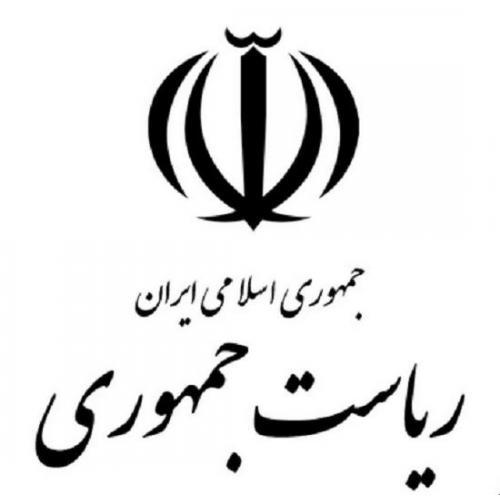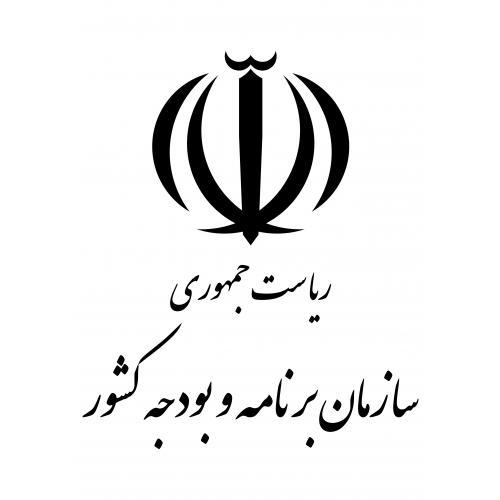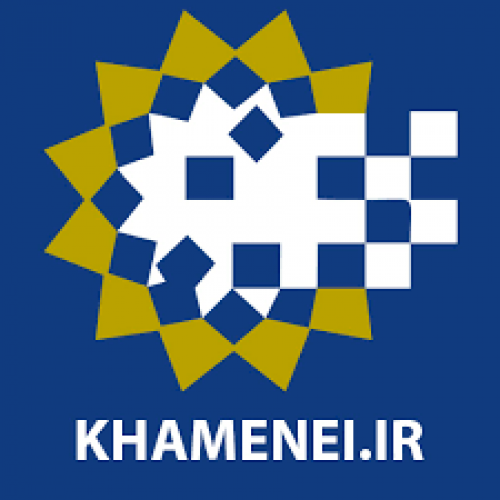
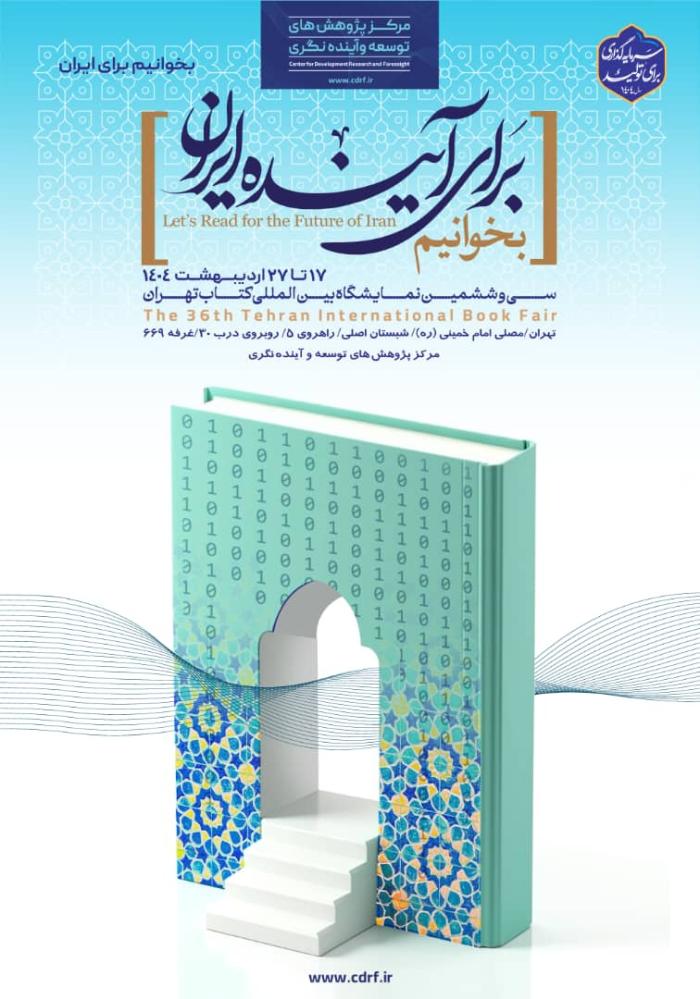
-
بررسی آییننامهها و دستورالعملهای برنامه هفتم پیشرفت
-
بررسی عوامل موثر بر افزایش تصادفات و تلفات جادهای و سوانح رانندگی و دادهکاوی تلفات انسانی
-
سازماندهی و بازآرایی فضایی آموزش عالی کشور
-
به روز رسانی سند ملی آمایش سرزمین
-
انجام مطالعات مناطق آزاد به عنوان نواحی پیشران اقتصادی کشور
-
اصلاح ساختار بودجه و پیاده سازی نظام یکپارچه مدیریت اطلاعات مالی دولت (IFMIS)
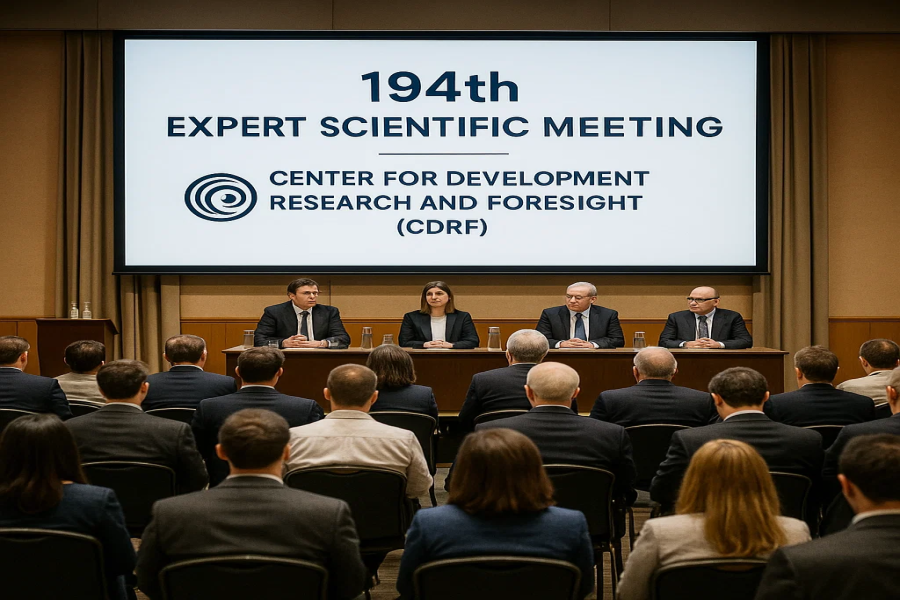
In this meeting, Ali Agha-Mohammadi, Head of the Economic Group of the Office of the Supreme Leader and non-ex officio member of the Expediency Discernment Council of the System, served as the scientific chair of the meeting. Additionally, Hossein Imani Jajarmi, an expert in urban sociology and former Head of the Institute for Social Studies and Research, and Rasoul Sadeghi, a faculty member of the Faculty of Social Sciences, University of Tehran, participated as keynote speakers, presenting their viewpoints.
At the beginning of the meeting, Rasoul Sadeghi, a faculty member of the Faculty of Social Sciences, University of Tehran, stated that alongside global issues such as globalization and environmental concerns, the future of population dynamics has become a central topic of discussion. He noted that the Global Trends Report identifies four major domains—demographic conditions, environment, economy, and technology—as the primary structural forces and trends shaping the world through 2040.
He added that the most predictable trend over the next 20 years is demographic change, as global population growth is slowing and the world is rapidly aging. Some developed and emerging economies in regions such as Europe and East Asia will experience population decline, which will negatively affect their economic growth. In contrast, several developing countries in Latin America, South Asia, the Middle East, and North Africa will benefit from a larger working-age population. If accompanied by improvements in infrastructure and skills development, these nations could leverage this demographic dividend to achieve economic growth.
Sadeghi also referred to the overarching demographic characteristics of Iran over the past two centuries, describing the shift from “external expansion” to “internal contraction.” He explained that the 14th century of the Solar Hijri calendar was marked by high fertility rates, rapid population growth, population pressure, and population control policies—characteristics of an era of outward demographic expansion. In contrast, the 15th century is characterized by low fertility, declining and even negative population growth, population aging, and pronatalist policies—signifying a phase of internal demographic contraction. This transition reflects the sharp population increase during the 14th century and the declining growth trends in Iran in the 15th century.
This faculty member of the University of Tehran discussed low fertility as a key demographic issue in the 15th century of the Solar Hijri calendar. He stated that declining fertility has emerged as a socio-demographic concern and become a central policy issue in Iran. Economic anxieties, demographic challenges such as population decline and aging, as well as geopolitical and identity-related factors, have prompted the implementation of pronatalist policies aimed at increasing fertility rates.
He went on to identify several challenges hindering the success of policies such as the “Family and Youth Population Support Law,” including prolonged economic difficulties, cultural shifts, a sense of hopelessness among the youth, and the inefficacy of current policies.
Discussing the concept of population aging, Rasoul Sadeghi stated that population aging refers to the replacement of large elderly generations by smaller younger cohorts. These older generations were born during periods of high fertility and had greater survival rates throughout various life stages—childhood, youth, and adulthood—which led to their larger numbers. The result of this generational shift is an increasing elderly population. He emphasized that population aging should not merely be seen as a warning, but as a call to action. Achieving healthy and active aging requires the immediate development of appropriate infrastructures and effective policy planning.
Rasoul Sadeghi further emphasized that population dynamics are the core and driving force behind social transformations in the modern world. Demographic changes have influenced nearly every aspect of our lives and the world around us, impacting various social, economic, political, and environmental subsystems and serving as the source of significant developments in these areas. Our present time, at the beginning of the 14th century in the Hijri Shamsi calendar, is markedly different from its end, with population being one of the most important factors of this change. The future will undoubtedly be different as well.
This expert in social sciences explained that population should be viewed as a dynamic and systemic phenomenon. Rather than considering the population as a separate and one-dimensional issue, it must be understood as a subsystem of the broader system, interacting reciprocally with other economic and social subsystems. Adopting population policies with a one-dimensional perspective—ignoring the complexities and interrelationships between demographic variables and the economic, cultural, and environmental sectors, as well as overlooking the mutual interactions among elements of population dynamics—not only fails to produce effective policies but also wastes opportunities and resources. Therefore, designing effective and successful population policies requires a systemic and holistic approach to the various dimensions of the population issue.
As the meeting proceeded, Hossein Imani Jajermi, an expert in urban sociology and former Head of the Institute for Social Studies and Research, emphasized the importance of demography within the social sciences. He noted that the first significant event regarding population issues in Iran was the seminar on the major problems of Tehran held in 1962, which was attended by key city officials. During this seminar, various challenges related to Tehran—such as housing, urban planning, social disorders, and regional urban issues—were discussed, primarily focusing on problem identification rather than theoretical analysis or proposing solutions.
Hossein Imani Jajermi further highlighted development and conflict as key components in contemporary social analyses. He identified the characteristics of a development-conflict society to include intensified social inequalities resulting from development processes and their impact on the value and structural changes within society; a decline in trust among community members, particularly between citizens and governmental institutions; weakening of social institutions such as family, neighborhood, and civil associations; and the emergence of cultural diversity and pluralism, which, if not underpinned by cultural cohesion based on shared values, may lead to cultural decline.
This expert and urban sociologist further explained that today, in some provinces such as Tehran and Alborz, there is no concept of a singular city. Rather, due to the inseparability of neighboring cities from each other in terms of spatial proximity, these adjacent cities should be considered collectively as a metropolitan region, and efforts should be made to address their challenges and issues accordingly.
He went on to identify urban challenges such as ethnic tensions involving migrants, ethnic conflicts, environmental issues, and the increasing social divides and polarization.
Following this, Ali Agha-Mohammadi, Head of the Economic Group of the Office of the Supreme Leader and non-ex officio member of the Expediency Discernment Council of the System, remarked that our issues have now evolved from urban problems to metropolitan challenges. He emphasized that we must integrate all these matters through a scientific approach and work towards resolving them by proposing effective policy solutions.
He continued: “We must assess all available resources in the Vision of the Islamic Republic of Iran and, considering all existing capacities, reorganize the overarching policies accordingly. By forming a cohesive team of expert specialists and utilizing the insights and ideas of all stakeholders, we should be able to focus the Seventh Development Plan within the Vision of the Islamic Republic of Iran on the critical future challenges facing Iran.”
In the proceedings of the meeting, the experts and specialists expressed their viewpoints and posed their questions.
It is noteworthy that this meeting was held on December 28, 2024, both in-person and virtually, with the participation of national and provincial executive agencies, universities, research centers, and think tanks, at the Hossein Azimi Hall located in the CDRF.

